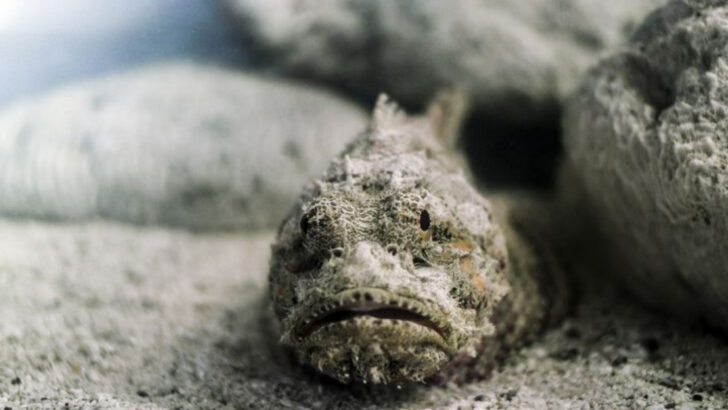Stonefish stings can be incredibly dangerous and are often underestimated.
These fascinating creatures, often found lurking in the shallow waters of the Indo-Pacific, possess venom potent enough to cause significant harm.
This blog post unravels thirteen crucial facts about stonefish stings that could be life-saving if you find yourself in their vicinity.
Read on to discover critical insights, from identifying stonefish to understanding the immediate steps to take if stung.
By the end of this post, you’ll be better equipped to handle and prevent these perilous encounters.
Stonefish Camouflage Ability
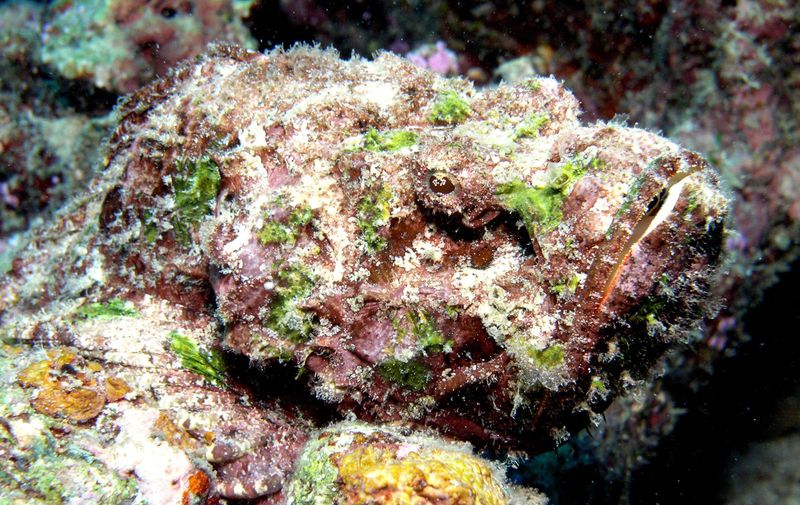
Hidden in plain sight, the stonefish is a master of disguise, often mistaken for a piece of coral or rock. Its ability to blend seamlessly into its surroundings is one of its most lethal traits.
Swimmers and divers need to be extra vigilant as stepping on a stonefish can lead to a painful sting. Their outstanding camouflage not only helps them ambush prey but also makes them invisible threats to unsuspecting humans.
Recognizing their habitat and staying cautious in rocky areas can help avoid these hidden dangers.
Venom Potency
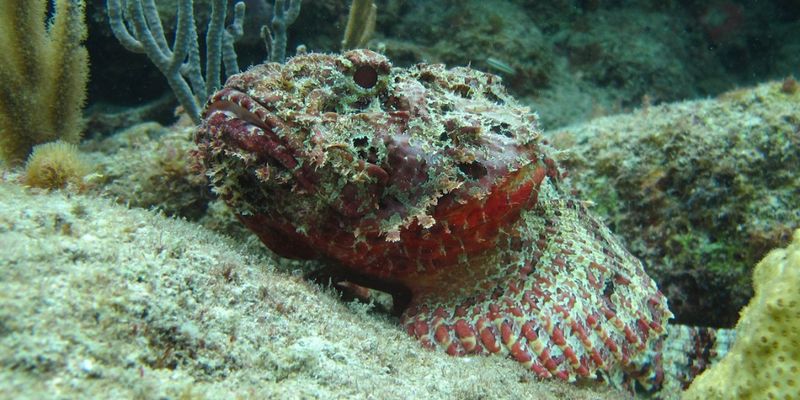
The venom of the stonefish is among the deadliest in the marine world, capable of causing severe pain, paralysis, and tissue damage. The dorsal spines release venom when pressure is applied, such as when stepped on.
This venom can lead to heart failure if untreated, making it crucial to seek medical help immediately. Survivors recount unbearable pain akin to being hit with a sledgehammer.
Quick response with hot water immersion can help alleviate some symptoms until professional treatment is available.
Immediate First Aid
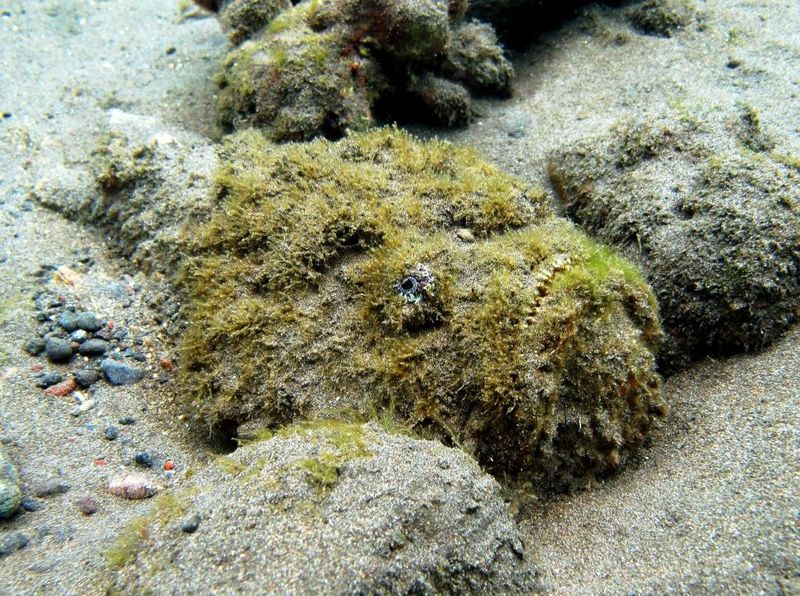
First aid is vital in reducing the severity of a stonefish sting. Immersing the affected area in hot water can help neutralize the venom and provide pain relief.
The heat breaks down the venom proteins, providing temporary respite. It’s crucial to keep the victim calm and immobilized to prevent the venom from spreading.
Medical attention should be sought promptly after first aid, as professional treatment might be necessary to avoid complications or fatalities.
Antivenom Availability
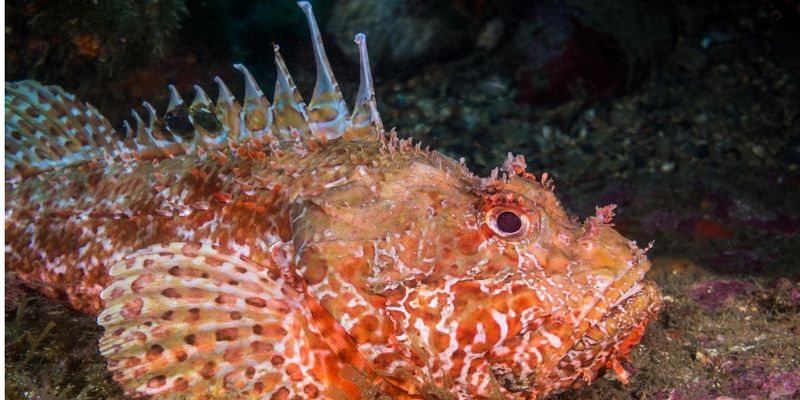
Antivenom is the most effective treatment for stonefish stings. It counteracts the venom’s effects, reducing symptoms and speeding up recovery.
However, availability may vary depending on location, especially in remote areas. It is usually stocked in hospitals within regions known for stonefish encounters.
Knowing the closest medical facility with antivenom can save valuable time. Proper storage and timely administration of antivenom are crucial for it to be effective.
Identifying Stonefish
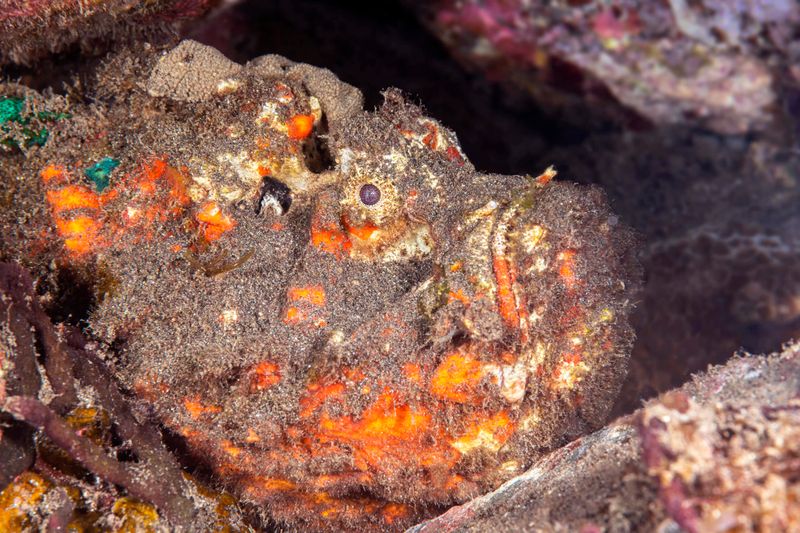
Identifying a stonefish can be tricky due to its excellent camouflage. Typically, they are brown or grey with a rough texture, resembling their surrounding habitat.
They possess thirteen dorsal spines capable of delivering venomous stings. Recognizing these features, especially in areas known for stonefish presence, is essential for safety.
Educational programs and informational signs at beaches can aid in raising awareness about these stealthy marine animals.
Common Habitats

Stonefish are primarily found in the Indo-Pacific region, often inhabiting shallow waters close to reefs and rocky shorelines. Their preference for these environments makes them a common sight in popular diving and snorkeling spots.
Understanding their habitats helps in avoiding accidental stings. Being cautious around rocky and coral-laden areas, especially during low tide when they may be exposed, can reduce the risk of encounters.
Stonefish Behavior

Notoriously patient, stonefish lie in wait for prey to approach, relying on their camouflage for successful ambush attacks. When prey is near, they strike with incredible speed, swallowing their target whole.
This behavior, though fascinating, also poses a risk to humans who might unknowingly step on them.
Understanding their behavior can aid in safer swimming practices, ensuring a respectful distance is kept from potential stonefish hiding spots.
Pain Management Techniques
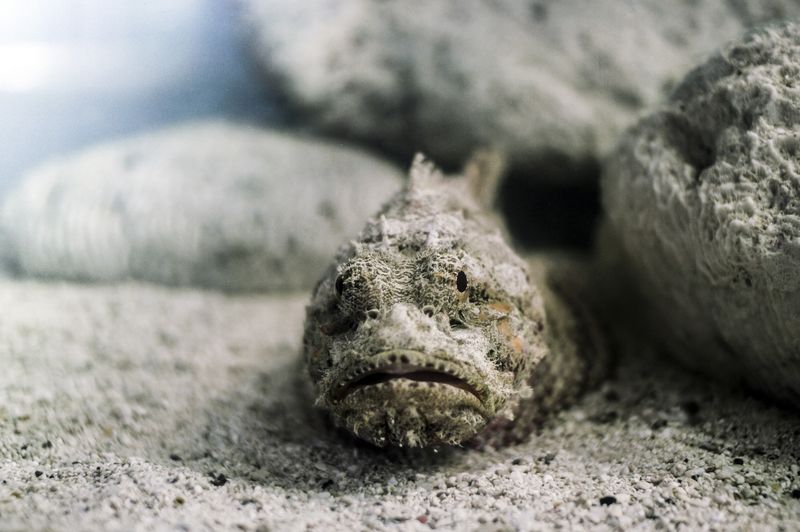
Managing pain from a stonefish sting is crucial for comfort and recovery. Besides hot water immersion, analgesics may be administered to mitigate pain.
Over-the-counter pain relief can be effective, though professional medical guidance is recommended. Pain management should also consider emotional comfort, as anxiety can exacerbate physical symptoms.
Remaining calm and using breathing techniques can provide additional relief during the duration of pain.
Stonefish Reproduction
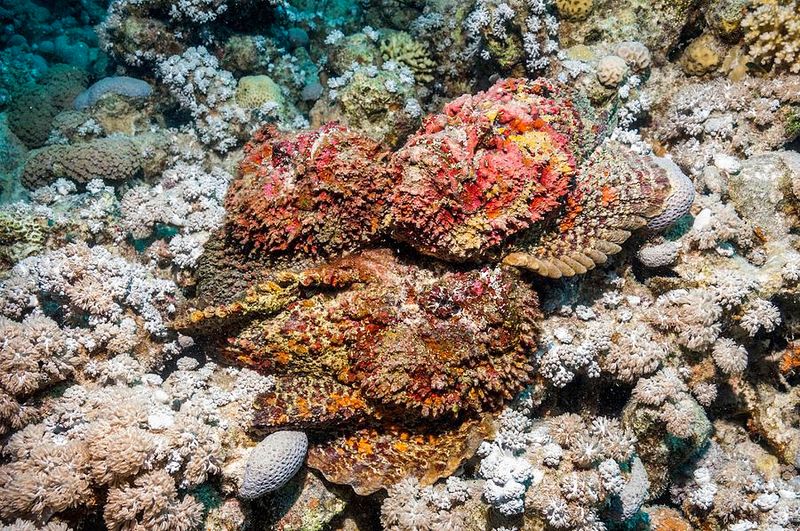
Stonefish reproduction occurs through oviparity, with females laying eggs that are externally fertilized. The eggs are often deposited in secluded, rocky areas where they can develop safely.
Understanding their reproductive cycle helps in appreciating the stonefish’s ecological role.
This knowledge can also inform conservation efforts, ensuring that these unique creatures continue to thrive in their natural habitats without posing unnecessary risk to human activities.
Environmental Impact
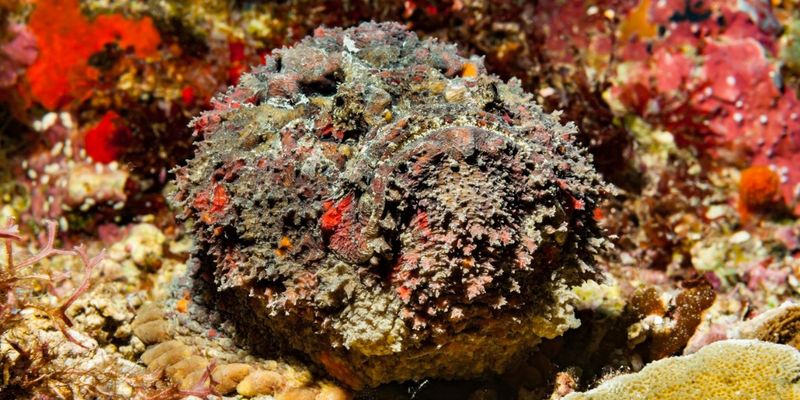
Stonefish play a vital role in their ecosystem, controlling prey populations. However, their presence can also serve as indicators of environmental health.
Changes in their numbers might reflect broader marine issues, such as pollution or habitat destruction.
Divers and environmentalists can benefit from understanding the ecological significance of stonefish, using this knowledge to promote conservation and ensure balanced marine biodiversity.
Cultural Significance
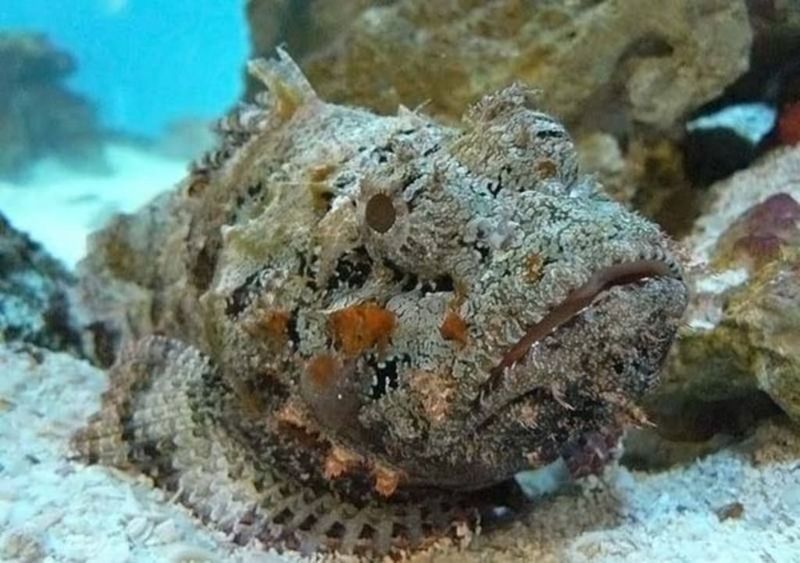
In some cultures, stonefish hold significant value, often featured in traditional stories and art. Indigenous communities may regard them as symbols of caution and respect for nature’s power.
These cultural depictions are as fascinating as the creatures themselves, offering insights into how humans have historically interacted with and understood stonefish.
Embracing this cultural perspective can enrich our appreciation of these often-feared marine animals.
Stonefish Diet
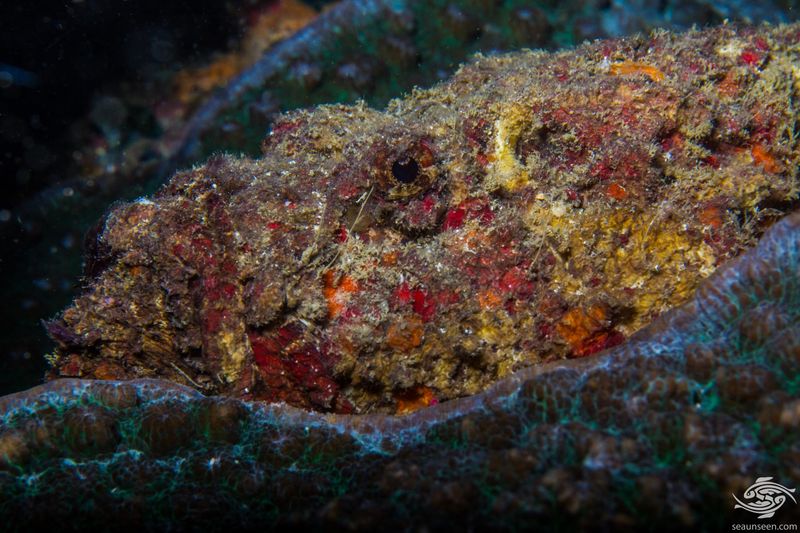
Stonefish are carnivorous, primarily feeding on small fish and crustaceans. Their diet reflects their role as efficient predators, maintaining balance within the marine ecosystem.
Observing their feeding habits offers valuable insights into the intricate food web of ocean life. This understanding can enhance our appreciation for their functionality and the delicate balance that sustains marine environments.
Survivor Stories
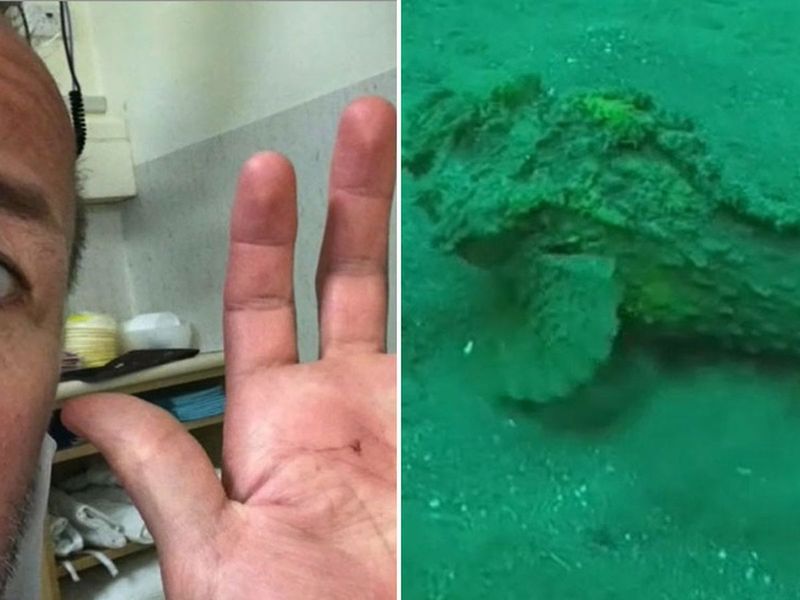
Stories from those who have survived stonefish stings are both harrowing and educational. These personal accounts often highlight the intense pain and urgency for medical aid.
Survivors emphasize the importance of awareness and preparation when visiting habitats known for stonefish.
Hearing their experiences can serve as a powerful reminder of the respect needed when interacting with marine environments, potentially saving others from similar ordeals.

